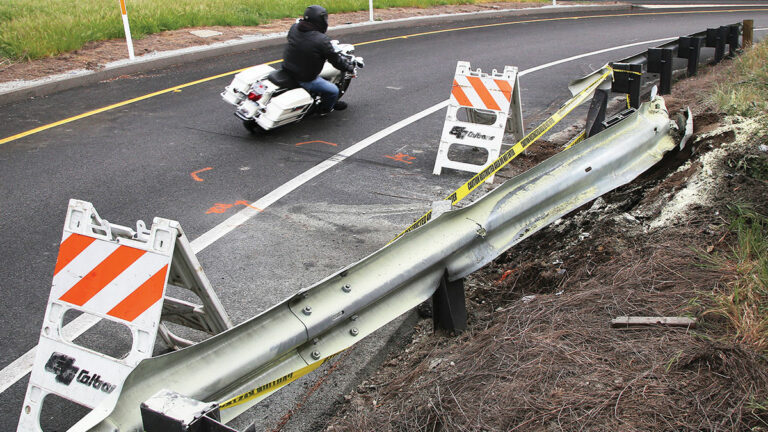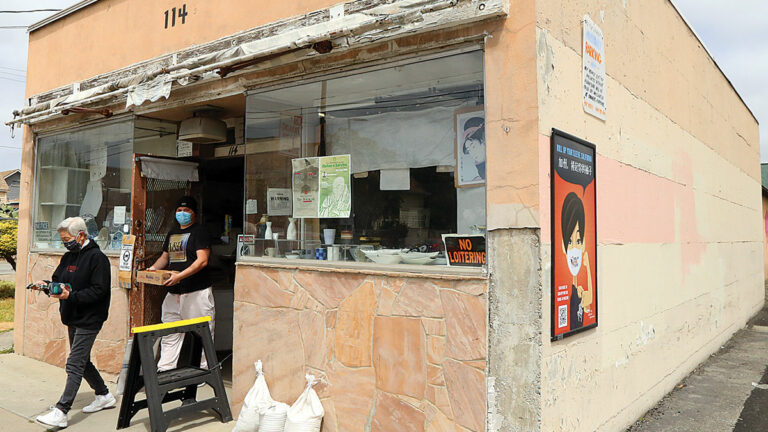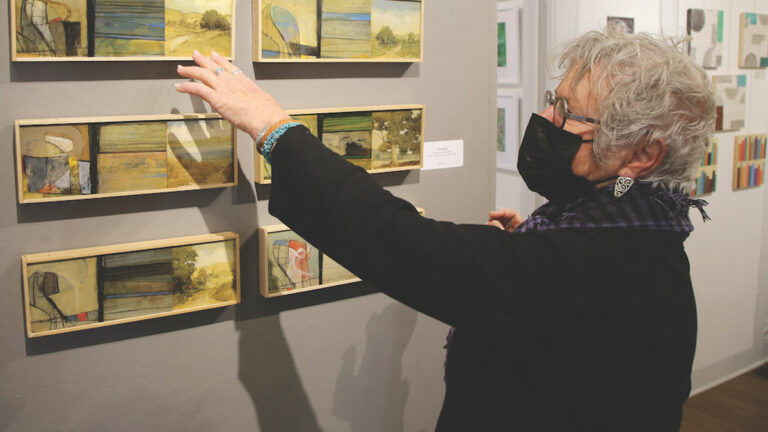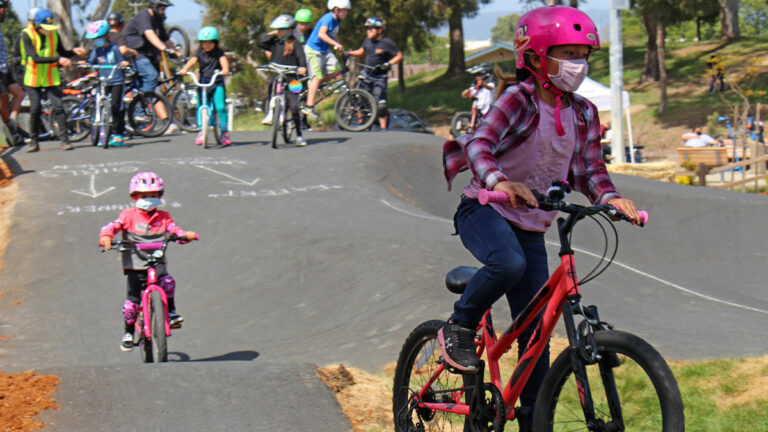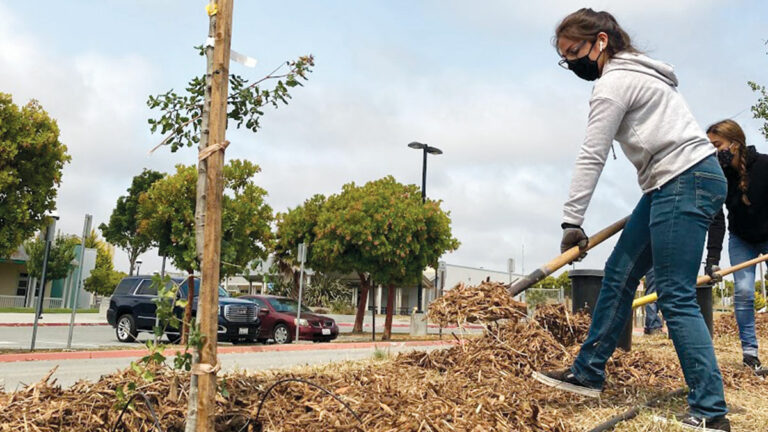A weekly guide to what’s happening.
ARTS AND MUSIC
DOWNTOWN SANTA CRUZ MAKERS MARKET Come on out and support local makers and artists at the Downtown Santa Cruz Makers Market every third Sunday of the month on Pacific Avenue at Lincoln Street! We are now on the 1100 block of Pacific Avenue between Cathcart and Lincoln streets near New Leaf. Support local and shop small with over 30 Santa Cruz County artists and makers! And don’t forget to stop in and visit the downtown merchants and grab a bite to eat from the downtown restaurants. Remember to social distance as you shop and wear your mask. If you’re not feeling well, please stay home. There will be hand sanitizing stations at the market and signs to remind you about all these things! Friendly leashed pups are welcome to this free event! Sunday, April 18, 10am-5pm. Downtown Santa Cruz Makers Market, Pacific Ave., Santa Cruz.
POETRY READING VIA ZOOM PANDEMIC TAKEAWAYS Poetry Reading via Zoom—Pandemic Take Aways featuring: Alex Rocha, Gabriel J. Medina and Claudia Meléndez Salinas. Pajaro Valley Arts invites you to join us for our fundraising exhibit, “Take Aways: Art to Go!” This diverse annual invitational exhibit features 76 local artists from Santa Cruz County. Alex Rocha grew up around the strawberry fields in Watsonville. She is currently a junior at Yale University and is majoring in American Studies with a focus on visual, audio, literary and performance cultures. Gabriel J. Medina is a local filmmaker. He obtained a bachelor’s degree in Visual Literacy; Film & Television Studies and Chicana/o Studies at UCLA. Claudia Meléndez Salinas is an author, journalist, open water swimmer and cat lover. She was raised in Puebla, Mexico, and graduated from UCSC. Broadcast via Zoom: cccconfer.zoom.us/j/91026783529 (meeting ID: 910 2678 3529). Friday, April 16, 6:30-8:30pm.
CHRIS JOHNSON SPRING GLASS ART SHOW Ah, spring! The days are getting longer and warmer, the smell of fragrant flowers is in the air, the leaves on the trees are starting to return. It’s time to get out and explore, take in and enjoy everything that our beautiful area has to offer. Our annual offering to welcome in spring is our Spring Glass Show at the Live Oak Grange. Come and shop for beautiful handmade glass from our Davenport studio, including jewel-toned pulled flowers, cups and bowls to hold your favorite spring tonics and fresh strawberries, glass hearts, English wine goblets, vases for spring flowers, paperweights, glass eggs, and of course pumpkins (appropriate any time of the year). The Chris Johnson Glass Spring Glass Show is the perfect place to find something just in time for Mother’s Day, or the perfect surprise gift for someone you love. One day only, all pieces are one of a kind, so arrive early for the best selection. Saturday, April 17, 10am-5pm. Live Oak Grange, 1700 19th St., Santa Cruz.
TOBY GRAY 420 EARTH DAY CHAMINADE With special guests. Food and drink specials. Cool, rocking and smooth with a repertoire of several hundred of your favorite songs and fun heartfelt originals. Songs made famous by the Eagles, Beatles, Bob Dylan, Peter Rowan, Bob Marley, and many other classic artists, adding his own interpretations and owning the songs. Paying tribute to some of the founding voices of Motown, rhythm and blues, country and rock. Great music and stories of touring with It’s A Beautiful Day, Dick Clark Productions, and a multitude of characters from San Francisco’s Summer of Love and the Los Angeles music scene. Toby performs regularly at major festivals and concerts along with intimate coffee houses and everything in between. Artist sights and sounds at highwaybuddha.com. Tuesday, April 20, 5:30-8:30pm. Chaminade Resort & Spa, 1 Chaminade Ln, Santa Cruz.
COMMUNITY
Earth Day Celebration Come celebrate Earth Day with Downtown Commons Advocates and Santa Cruz Climate Action Network on Saturday, April 24, from 1-5 pm, in the parking lot on the corner of Cedar and Cathcart Streets in downtown Santa Cruz. There will be musical performances by Russell Brutsche, Anthony Arya, Michael Levy and Peter Weiss, Elie Mabanza and Gina Rene. Learn about the work of community groups, see entries in the Earth Day photo contest and the artwork of Russell Brutsche, and participate in a hands-on art activity. This event is free. Please bring your own chairs and drinks, and bike to the event if you can!
THE BYSTANDER MOMENT VIRTUAL FILM SCREENING The Santa Cruz County Sheriff’s Office and the Sexual Assault Response Team invite you to join us online for this free, virtual screening of “The Bystander Moment: Transforming Rape Culture at its Roots” in recognition of April’s Sexual Assault Awareness Month. This 49-minute film will be available to watch online by visiting our screening page at: mediaed.org/the-bystander-moment-screening-santa-cruz-county-sheriffs-office. This event is supported by the Santa Cruz Commission for the Prevention of Violence Against Women. Friday, April 16-Thursday, April 22.
THE BYSTANDER MOMENT VIRTUAL CONVERSATION The Santa Cruz County Sheriff’s Office and the Sexual Assault Response Team invite you to join us online for The Bystander Moment Virtual Conversation with featured speaker Jackson Katz, and guest speakers Sheriff Jim Hart and Ann Simonton. This special event in recognition that April is Sexual Assault Awareness Month. Advance registration required on Eventbrite at tinyurl.com/yzmxnvtp. Space is limited to the first 250 registered attendees. Tuesday, April 20, 6pm.
DEMENTIA CONVERSATION WEBINAR When someone is showing signs of dementia, it is time to talk. Often, conversations with family about changing behaviors can be challenging and uncomfortable. This program provides tips for breaking the ice with your family so you can address some of the most common issues that are difficult to discuss: going to the doctor for a diagnosis or medical treatment, deciding when to stop driving, and making legal and financial plans for future care. Call 800-272-3900 for more information. Friday, April 16, 1-2:30pm. Alzheimer’s Association, 550 Water St., Santa Cruz.
EFFECTIVE COMMUNICATION STRATEGIES WEBINAR Communication is more than just talking and listening—it’s also about sending and receiving messages through attitude, tone of voice, facial expressions and body language. As people with Alzheimer’s disease and other dementias progress in their journey and the ability to use words is lost, families need new ways to connect. Join us to explore how communication takes place when someone has Alzheimer’s, learn to decode the verbal and behavioral messages delivered by someone with dementia, and identify strategies to help you connect and communicate at each stage of the disease. The Effective Communication Strategies program of the Alzheimer’s Association was designed to provide practical information and resources to help dementia caregivers learn to decode verbal and behavioral messages from people with dementia. Call 800-272-3900 for more information. Thursday, April 15, 10-11:30am. Alzheimer’s Association, 550 Water St., Santa Cruz.
GREY BEARS BROWN BAG LINE If you are able-bodied and love to work fast, this is for you! Grey Bears could use more help with their brown bag production line on Thursday and Friday mornings. As a token of our thanks, we make you breakfast and give you a bag of food if wanted. Be at the warehouse with a mask and gloves at 7am, and we will put you to work until at least 9am! Call ahead if you would like to know more. greybears.org. 831-479-1055. Thursday, April 15, 7am. California Grey Bears, 2710 Chanticleer Ave., Santa Cruz.
REPARATIONS FOR BLACK AMERICANS: THE ROAD TO RACIAL EQUALITY IN CALIFORNIA AND BEYOND In 2020, California established the nation’s first state task force to study and make recommendations on reparations for the institution of slavery, the atrocities that followed the end of slavery, and the ongoing discrimination against freed slaves and their descendants from the end of the Civil War to the present. Although the movement for reparations extends to the 18th century, it has gained new momentum in recent years. Rep. John Conyers (D-MI) first introduced legislation to create a national task force to study reparations in 1989. The current version of the bill, HR 40, has at least 169 co-sponsors in the House, but has yet to achieve majority support. Join us for a conversation with some of the country’s leading experts and advocates for reparations, to discuss these questions and more. Register for the Zoom webinar at transform.ucsc.edu/event/reparations-for-black-americans-the-road-to-racial-equality.
SALSA SUELTA FREE ZOOM SESSION SALSA SUELTA FREE ZOOM SESSION Keep in shape! Weekly online session in Cuban-style Salsa Suelta for experienced beginners and up. May include mambo, chachacha, Afro-Cuban rumba, orisha, son montuno. No partner required, ages 14 and older. Contact to get the link. salsagente.com. Thursday, April 15, 7pm.
TEEN JOB FAIR Santa Cruz Teen Center and Access 2 Employment are hosting a Teen Job Fair, join us to find out who is hiring and how to apply! Wednesday, April 14, 1:30-5pm. Louden Nelson Community Center, 301 Center St., Santa Cruz.
TENANTS’ RIGHTS HELP Tenant Sanctuary is open to renters living in the city of Santa Cruz with questions about their tenants’ rights. Volunteer counselors staff the telephones on Tuesdays, Thursdays and Sundays from 10am-2pm. Tenant Sanctuary works to empower tenants by educating them on their rights and providing the tools to pursue those rights. Tenant Sanctuary and their program attorney host free legal clinics for tenants in the city of Santa Cruz. Due to Covid-19 concerns, all services are currently by telephone, email or Zoom. For more information visit tenantsanctuary.org or follow us on Facebook at facebook.com/tenantsanctuary. 831-200-0740. Thursday, April 15, 10am-2pm. Sunday, April 18, 10am-2pm. Tuesday, April 20, 10am-2pm.
GROUPS
CAREGIVER SUPPORT GROUP – VIA TELEPHONE Support groups create a safe, confidential, supportive environment or community and a chance for family caregivers to develop informal mutual support and social relationships as well as discover more effective ways to cope with and care for your loved one. To register or for more information please call 800-272-3900. Wednesday, April 14, 2pm.
ENTRE NOSOTRAS GRUPO DE APOYO Entre Nosotras support group for Spanish-speaking women with a cancer diagnosis. Meets twice monthly. Registration required: 831-761-3973. Friday, April 16, 6pm.
WOMENCARE ARM-IN-ARM Cancer support group for women with advanced, recurrent, or metastatic cancer. All services are free. Registration required: contact WomenCARE at 831-457-2273 or online at womencaresantacruz.org. Monday, April 19, 12:30pm.
WOMENCARE MINDFULNESS MEDITATION Mindfulness Meditation for women with a cancer diagnosis. Meets the first and third Friday, currently on Zoom. Registration required, contact 831-457-2273. Friday, April 16, 11am-noon.
OUTDOOR
VIRTUAL YOUNGER LAGOON RESERVE TOURS Younger Lagoon Reserve is now offering a virtual tour in both English and Spanish. This virtual tour follows the same stops as the Seymour Marine Discovery Center’s docent-led, in-person hiking tour, and is led by a UCSC student! Virtual Younger Lagoon Reserve tours are free and open to the public. Part of the University of California Natural Reserve System, Younger Lagoon Reserve contains diverse coastal habitats and is home to birds of prey, migrating sea birds, bobcats, and other wildlife. See what scientists are doing to track local mammals, restore native habitat, and learn about the workings of one of California’s rare coastal lagoons. Access the tours at seymourcenter.ucsc.edu/visit/behind-the-scenes-tours/#youngerlagoon. Sunday, April 18, 10:30am.


